Your Things – It’s Important that Your Stuff Talks Only to Your Other Stuff

It was with more than passing curiosity I spent a decent time in Sands Expo at CES (Consumer Electronics Show) this year.
My wife had decided it was time to “refresh” our home, so I wanted to make sure we made the right smart moves.
It can’t be done!
First of all, there were about 200 smart home booths in the Sands, each with their own killer smart home solution and more scattered throughout the show.
Learning what was the best items to add to the “do it” list was difficult, especially since I’d never heard of 80 percent of these home-saving firms!
A few are already household brands but most were sorta’, kinda’ cool and others will probably follow but they weren’t necessary for my home techie toys.
According to Intel, 68 percent of homeowners are confident that smart homes will be as commonplace as our smartphones within 10 years.
It’s going to be difficult, at best.
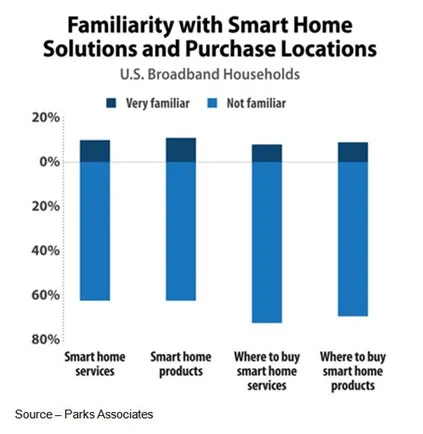
If you live in one of the world’s Silicon technology pockets, you’re familiar with the term Smart Home and probably have one or two of the products.
But they sure aren’t smart enough to multitask or help each other out.
Sure, there were plenty of smarthomes shown – Intel, CTA (Consumer Technology Assocation), CNet, LG and Samsung – but they were all done in their flavor.
In fact, we have a mish-mash of products from the leading players.
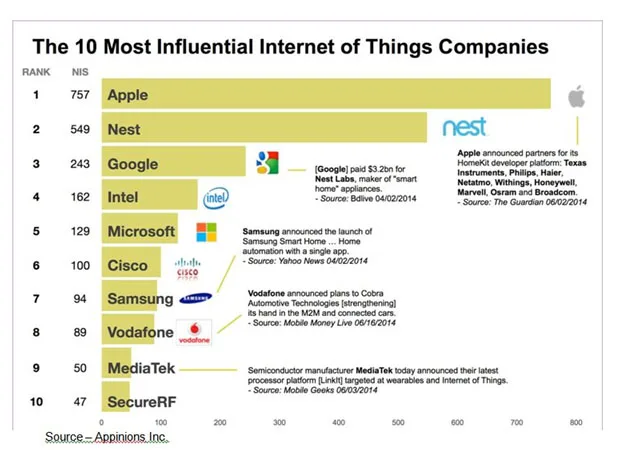
But to really be a smart home, devices have to talk to devices, devices have to talk to servers, servers have to talk to servers, devices have to talk with users and servers have to talk to services.
Look beneath the glitz and promises and they all have different communications standards, different integration approaches and are built around different (often proprietary) infrastructure platforms.
Even the folks in the Lowe’s booth couldn’t explain how all of that stuff was going to be integrated in our house so they would all make our lives easier, richer, more rewarding.
Yes, we have standard electrical outlets in the house, standard water pipes, standard doors, standard windows and standard insulation. You know, standard stuff other standard stuff like HVAC (heating, ventilation, air conditioning), stove, refrigerator, coffee pot, toaster, 4K UHD TV, computers, smartphones, home entertainment can work with.
But there’s no standard for all of those marvelous smart home IoT solutions.
That’s a deal breaker for most ordinary folks because the home represents one of the biggest investments we make in our lives, especially in California.
For the average family, the home accounts for 33 percent of our annual expenses; and for many, it’s a helluva’ lot more than that!
In his wide ranging opening remarks for CES, Gary Shapiro said the smart home products are going to save us time, energy and money.
A CNet study found that smart home products saved folks about $1,100 a year and 87 percent of the respondents said they made their lives easier.
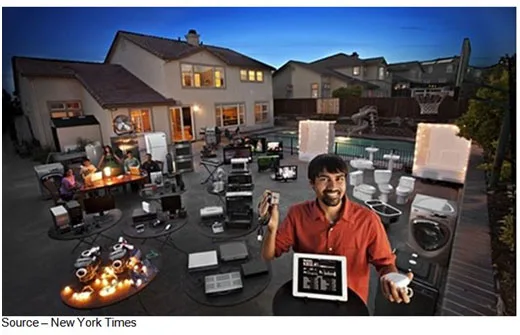
When you dig a little deeper, you find most of the smart home folks have their basic home security monitoring, smart door locks, “intelligent” thermostat, smarter irrigation, somewhat improved entertainment system and smarter lighting.
And they can check in with the house any time they want – from anywhere – with their smartphone or tablet to make certain everything is running smoothly.
However, unless you’re just hellbent for replacing your appliances and window coverings, that’s about it.
They all create a lot of data, send the information somewhere, talk to my smartphone and tablet through separate apps.
But between each other, not so much.
Despite these minor hiccups, Gartner and others say smart home devices will more than double by 2020.
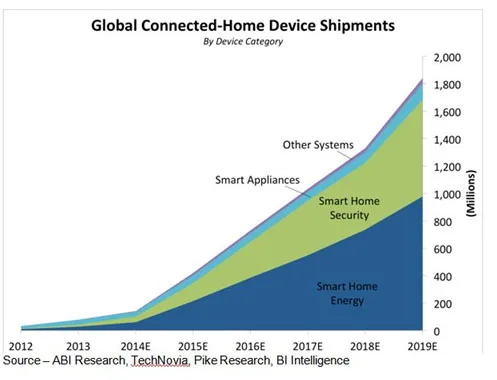
Actually, it’s less about the new hardware that is being shown and more about the software that is being designed in and connects to something else.
Take the new smart refrigerators with USBa nd WiFi that can soften your butter, weigh your portions, fill your water pitcher, tell you when certain foods are going bad and let you know when you’re out of milk or other stuff.
Or, how about the alarm clock that connects to your coffee maker so your coffee is ready after you’ve taken care of certain things and are ready to wake up.
Or, the toaster that gives you just the golden brown toast or bagel you want with your coffee.
Yes, I suppose that makes your life better than getting off your arse and checking what’s in the refrigerator or setting the coffee timer or smelling the burnt toast.
After all, if any of these appliances need a software update the manufacturer can automatically send you the enhancement so your new appliance lasts almost as long as the 10-year-old mechanical one you replaced.
Yep, this year it’s all about the sophisticated, forward-thinking software that keeps you accurately informed about what is going on in your house and how the new stuff is making things better for you.
Of course, there are a few issues that need to be addressed.
All of the current smart devices send you their information to your smartphone or tablet; which, according to Ericsson, is going to be replaced by AI (artificial intelligence) and VR (virtual reality) headsets.
Wow, that’s right up there with the demise of the PC, TV and radio.
And I don’t know about you, but I’m not really keen on wearing a headset around the house.
I know I’d forget it was on when I took a shower and the wife is already a “little ticked” at how frequently I check my phone … just in case.
Then too, each of those smart devices is going to think that its information/message to me is more important than the other device’s message; so in addition to the barrage from spam bots, my home devices will also be hollering at me for attention.
Jeezz, refrigerator lighten up!
More important is the fact that all of these smart home devices rely on capturing and sharing information.
No one has exactly figured out what information is needed to ensure a pleasant user experience, an informed and happy user or what data shouldn’t leave the house.
So we have another opportunity to have someone use your personal information to their advantage.
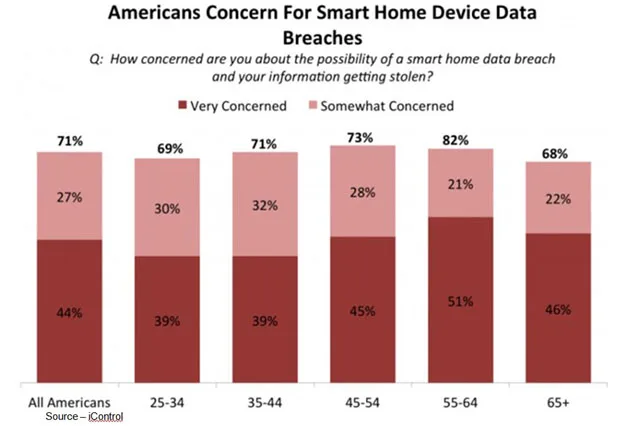
iControl found that the biggest drawback to using more smart home devices was the fear of losing personal information.
Many of the CES exhibitors said they store this private data in their secure clouds, but you know how secure that is…right!
One firm recommended that you look for devices that use 128-bit encryption so even when the devices communicate between each other or to someone’s cloud, it’s so secure that governmental agencies will be left out in the cold.
While people like the idea of smart home devices that can save energy and money, the key to their success will be security and privacy, which is still a work in progress.
Protection of your personal data is vital, but just as important is the security of the various devices such as your smart locks, monitoring system.
The last thing you want is for folks to crack the home smart device code.
 As George explained, “And when you leave your house, you gotta lock it up. Wouldn’t want somebody to come by and take some of your stuff. They always take the good stuff. They never bother with that crap you’re saving. All they want is the shiny stuff.”
As George explained, “And when you leave your house, you gotta lock it up. Wouldn’t want somebody to come by and take some of your stuff. They always take the good stuff. They never bother with that crap you’re saving. All they want is the shiny stuff.”
# # #